- B1 Microbiology: organisms in industry
- B2 Biotechnology in agriculture
- B3 Environmental protection
- B4 Medicine - HL
- B5 Bioinformatics - HL
- Exam style question on B1
- Model answer
- Extra exam style question on B1
- Model answer
- Exam style question on B2
- Model answer
- Exam style question on B3
- Model answer
- Exam style question on B4
- Model answer
- Exam style question on B5
- Model answer
- Drag and drop activities

This section explains the details which students are required to know.
There are understandings, skills and suggestions for revision questions.
B1 Microbiology: organisms in industry
- Microorganisms are metabolically diverse organisms used in industry because they are small and have a fast growth rate.
- Useful metabolite production in industry can be optimized by pathway engineering of genetic and regulatory processes in microorganisms..
- Large-scale metabolite production by microorganisms takes place in fermenters.
- Batch fermentation is used to produce penicillin, in deep-tank batch fermentation.
- Fermentation by continuous culture is used to produce citric acid by Aspergillus niger (used as a flavouring or preservative.)
- Microorganisms in fermenters become limited by their own waste products.
- Probes are used to monitor conditions within fermenters.
- Conditions are maintained at optimal levels for the growth of the microorganisms being cultured.
- Biogas is produced by bacteria and archaeans from organic matter in fermenters.
Revision Question(s)
- What are the qualities of microorganisms which make them so useful for lab production of their metabolites?
- What id 'pathway engineering' and how can this help production of substances like citric acid?
- If you need to make a lot of something using microorganisms what are the key components you need in your fermenters?
- What is the difference between batch fermentation and continuous culture?
- How is Aspergillus used to produce citric acid?
- How can conditions in a fermenter be maintained at optimum conditions for microorganism growth?
- What is Biogas?
- What are the potential benefits of biogas generation?
Skills ( can you ...)
- Students should understand how to carry out Gram staining of Gram-positive and Gram-negative bacteria.
- Students should carry out experiments with known safe bacteria, showing zone of inhibition of bacterial growth by bactericides.
- Students should have experience of production of biogas in a small-scale fermenter.
B2 Biotechnology in agriculture
- Transgenic organisms produce proteins not naturally in the proteome of the species.
- Increased crop yield can be achieved using genetic modification to overcome an unfavourable environmental factor.
E.g. Use of tumour-inducing (Ti) plasmid of Agrobacterium tumefaciens to introduce glyphosate resistance into soybean crops. - Novel products can be produced using genetically modified crop plants.
E.g. bulk production of Hepatitis B vaccine in tobacco plants and Amflora potato (Solanum tuberosum) rich in amylopectin for paper and glue industries. - Target genes can be identified using bioinformatics:
- The target gene is linked to other sequences that control its expression.
- An open reading frame is a significant length of DNA, enough to code for a polypeptide chain, from a start codon to a stop codon.Skill: Identification of an open reading frame (ORF).
- Genetically modified, recombinant DNA must be inserted into the plant cell and taken up by its chromosome or chloroplast DNA.
- Whole plants, leaf discs or protoplasts can be used.
- Recombinant DNA can be inserted by direct physical methods (electroporation, microinjection and biolistics/gunshot), chemical methods (calcium chloride and liposomes) or indirectly by vectors, such as Agrobacterium tumefaciens and tobacco mosaic virus.
- Successful uptake is indicated using marker genes
Revision Question(s)
- What is a proteome?
- If a new gene from another species in added to the genome of a GMO what difference might this lead to in the cells of the organism?
- What are some of the potential benefits to agriculture of GMOs?
- How do biologists use bioinformatics to identify the genes which may be useful in producing GMO crops?
- What methods can be used to insert recombinant DNA into an organism?
- Which parts of the plant can be used to insert the new genes?
- How do biologist know that the genes have been successfully taken up by the organisms?
- Name three examples of GMO crops
Skills ( can you ...)
- Students will be able to evaluate data on the environmental impact of glyphosate-tolerant soybeans.
B3 Environmental protection
- Bioremediation combined with physical and chemical clean up procedures can used in response to pollution incidents.
- Microorganisms are used in bioremediation. because they can metabolize some pollutants.
E.g. Degradation of benzene by halophilic bacteria such as Marinobacter.
Degradation of oil or conversion of methyl mercury into elemental mercury by Pseudomonas - Cooperative aggregates of microorganisms can form biofilms and use quorum sensing.
- Biofilms possess emergent properties and are highly resistant to antimicrobial agents.
- Biofilms can cause environmental problems. e.g. clogging and corrosion of pipes, transfer of microorganisms in ballast water, or contamination of surfaces in food production.
- Biofilms can be useful in trickle filter beds for sewage treatment
- Bacteriophages are used in the disinfection of water systems.
Revision Question(s)
- Pollution incidents can be treated using physical and chemical methods and what other techniques, using microbes.
- List three pollutants which can be metabolised by microorganisms.
- What roles could Pseudomonas species play in bioremediation?
- Describe how quorum sensing can lead to the formation of biofilms.
- List two examples of environmental damage caused by biofilms.
- Explain how biofilms are cultivated in the trickle beds of sewerage treatment works.
- What role could bacteriophages play in water treatment.
Skills ( can you ...)
- Skill: Evaluation of data or media reports on environmental problems caused by biofilms.
B4 Medicine - HL
- The detection of its genetic material or its antigens can identify infection by a pathogen. For example PCR can be used to detect influenza virus strains.
- Genetic markers and DNA microarrays can be used to detect predisposition to a genetic disease.
- A disease can be detected by the presence of metabolites in blood and urine.
- Tracking experiments are used to gain information about the localization and interaction of a desired protein. For example; using luminescent probes to track tumour cells.
- Biopharming uses genetically modified animals and plants to produce proteins (e.g. antithrombin for therapeutic use.)
- Viral vectors can be used in gene therapy. For example; the treatment of Severe Combined Immunodeficiency (SCID)
Revision Questions
- What signs of a virus could be detected in the human body even when it can't be seen in a microscope or grown in a petri dish?
- apart from DNA what other biochemical signals could reveal the presence of a pathogen?
- For what reasons is biopharming an advantageous way to produce proteins?
- The delivery of genes to specific cells is important in gene therapy. How do viruses help this process?
Skills (can you ...)
- Describe Pavlov’s experiments into reflex conditioning in dogs.
- Explain of how inheritance and learning both contribute to birdsong acquisition.
- Analyse data from invertebrate behaviour experiments and relate these to the chances of survival or reproduction.
- Relate reflex arc structure to the pain withdrawal reflex of the hand.
- Label a diagram of the pain withdrawal reflex, including a receptor cell, sensory neuron, relay neuron, motor neuron and effector.
B5 Bioinformatics - HL
- The amount of data stored in databases is increasing exponentially, providing easy access to information.
- BLAST searches identify similar DNA sequences in different organisms.
- Sequence alignment software can be used to compare DNA sequences from different organisms
- BLASTn allows nucleotide sequence alignment
- BLASTp allows protein alignment.
- Model organisms can be used to study gene function. e.g. Knockout technology can determine gene function in mice.
- Newly identified DNA sequences can be compared with sequences where the function is known in other organisms using databases.
- In phylogenetics software is used to construct simple cladograms and phylograms of related organisms using DNA sequences & multiple sequence alignment.
- EST is an expressed sequence tag that can be used to identify potential genes.
Revision Questions
- What can yu find by using a BLAST search?
- Why are protein sequences sometimes more useful than nucleotide sequences?
- Knockout technology replaces functioning genes, but what is the purpose of doing this?
- List three uses of databases of DNA sequences.
Skills (can you ...)
- Skill: Discovery of genes by EST data mining.
- Explore chromosome 21 in databases (for example in Ensembl)
- Sequence alignment of related proteins such as hemoglobin and myoglobin could be investigated.
Extra exam style question on B1
Fermentation is a process using microorganisms to produce products
Answer the question on a piece of paper, then check your answer against the model answer below.
The diagram shows a fermenter used for aerobic batch fermentation. Use the diagram to answer the questions.
Examiner hint: In a structured question, use brief, precise sentences.

- Define aerobic fermentation. (1 mark)
- Explain why the conditions in the fermenter must be optimal. (2 marks)
Explain the importance of the following parts of the fermenter in achieving an efficient process (1 mark each)
- The motor and paddles.
- The buffer inlet.
- The sensory probes
- The water jacket
- The nutrient inlet
B1 Microbes have a wide range of metabolic activities.
Detritivores Cyanobacteria Penicillium inorganic organic Saprotrophs Photoautotrophs Yeast Heterotrophic inorganic industry pathogens
utilise light energy to produce carbon compounds from inorganic carbon. Example -
Chemoautotrophs can use energy sources to produce organic carbon compounds from inorganic . Example - Nitrobacter
utilise the organic compounds in dead animal and plant remains to respire and release inorganic compounds into the soil. Example – .
microbes utilise organic carbon compounds for respiration. Example – .
This diversity of metabolic activity make microbes important in and the environment.
Microbes and Archaea have a vast range of metabolic activities to allow survival in diverse niches. This has been exploited by man in industry.
B2 Open reading frames delineate genes.
data base DNA gene stop stop amino acids polypeptide triplet
An open reading frame is a length of from a start codon (ATG) to one of the three codons (TAA, TAG, TGA). The bases in between (and the start codon) code for . When a DNA sequence is elucidated, the scientists search the for base sequences without codons that are long enough to code for a and therefore could be a complete .
Genes have start and stop codons where transcription begins and ends.
B3 Viruses can be used to remove biofilms that form in water systems.
throughout bacteria removing killing reducing naturally specific viruses pathogens pathogenic predators expanding
Biofilms can form inside water and waste water pipes, the diameter of the pipes, causing corrosion and possibly harbouring bacteria.
Bacteriophages are that are pathogens of . If bacteriophages to the bacteria in the biofilm are introduced to the pipes, they infect the bacteria the film and are effective in the film. If human are present in a biofilm, bacteriophages specific to the pathogen can be introduced into the water flow the pathogens in the biofilm.
B4 Blood and urine can be tested for excess levels of metabolites leading to diagnosis of inherited diseases.
non-functional catalyse therapy mutations poisons completion enzymes block toxic intermediate
Genes code for the polypeptide that metabolic pathways.
Most inherited diseases are caused by in single genes that produce enzymes preventing of a metabolic pathway. This leads to a failure of the metabolic pathway, causing a build up of metabolites that can be and have debilitating effects on the individual.
Early diagnosis can lead to various forms of .
Mutated genes cannot be replaced in the cells of an individual but metabolite testing can lead to diagnosis.
B5 Conserved metabolic pathways are investigated in animal and microbe models.
genetically preserved new inherited humans models range conserved common genes
Many metabolic pathways are across a very wide of organisms. These are controlled by enzymes coded for by which are virtually identical across species and are known as genetic sequences.
A number of laboratory organisms are manipulated to investigate the mutations that can occur in these conserved pathways and may be responsible for metabolic disorders. These organisms are useful as as the pathways are very similar to those found in .


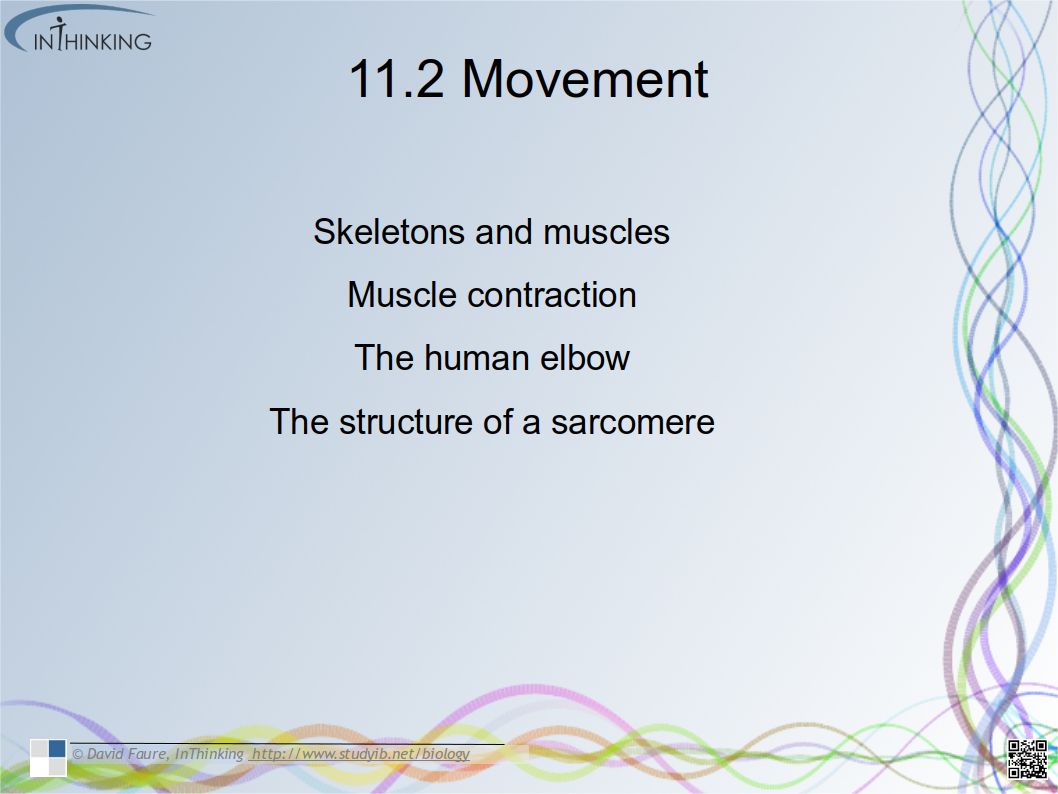
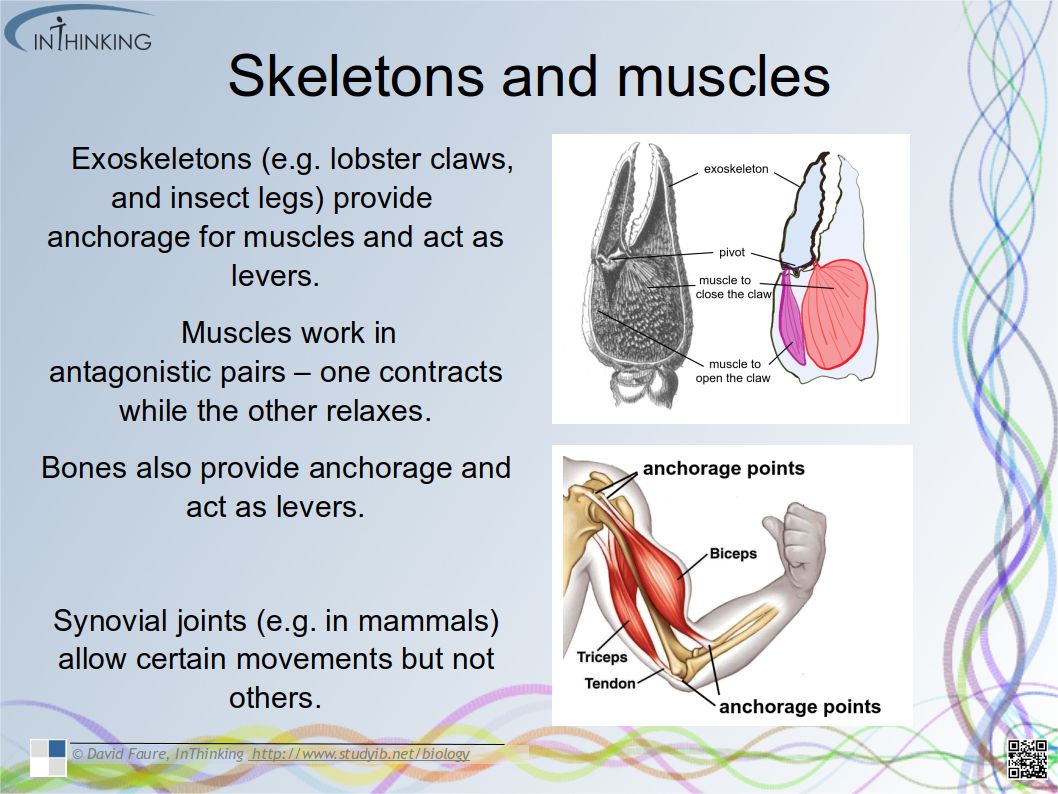
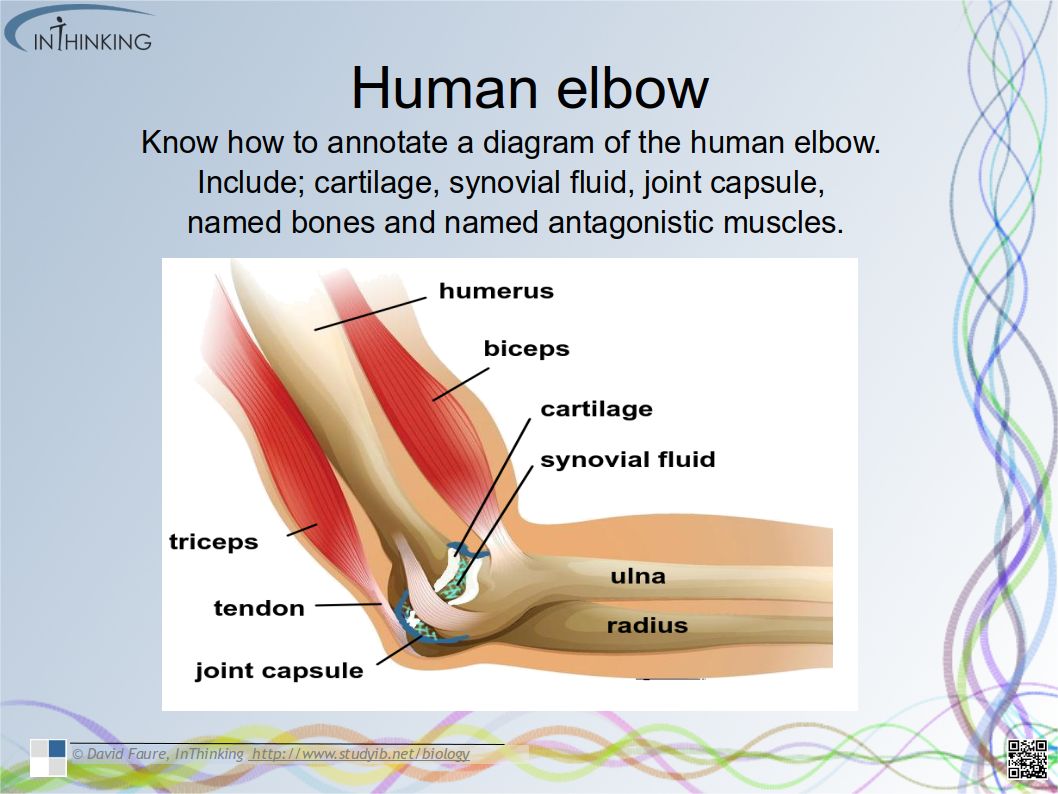

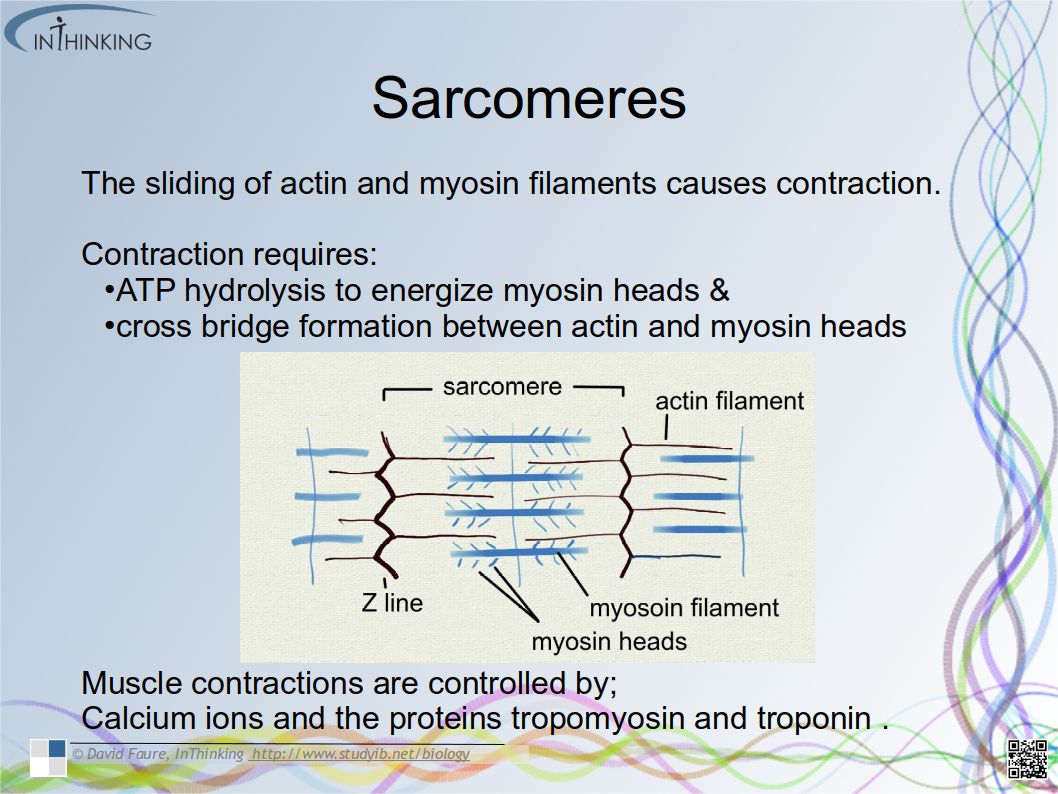

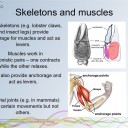
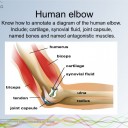

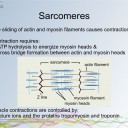
 Twitter
Twitter  Facebook
Facebook  LinkedIn
LinkedIn